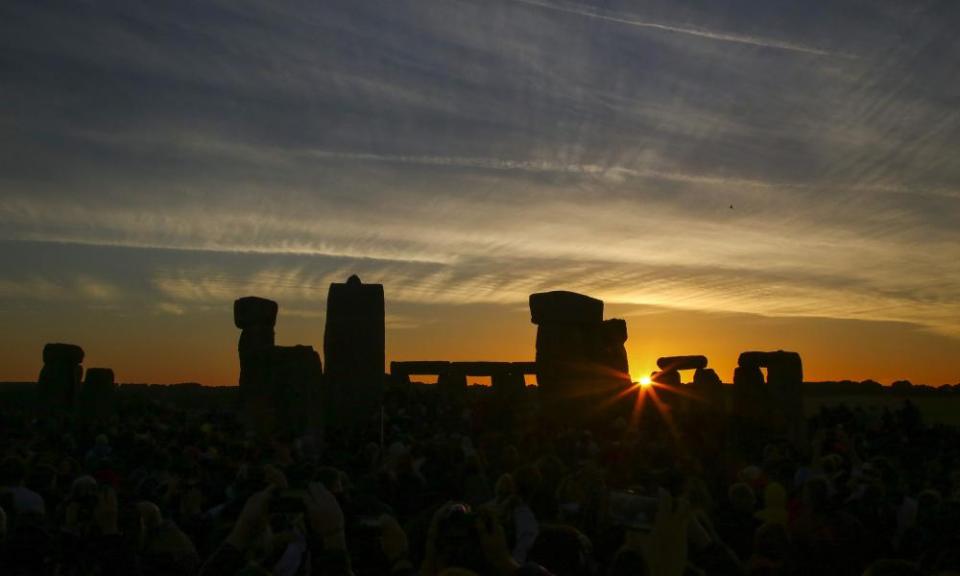Starwatch: solstice brings longest day to northern hemisphere

The northern hemisphere’s summer solstice arrives at the end of this week. It marks the moment at which the Sun reaches its most northerly point in the sky. As a result, the northern hemisphere experiences its longest period of daylight in a single 24-hour period.
Sunrise takes place as far to the north of east as it can, and sunset occurs as far to the north of west as it can. The summer solstice has clearly held significance to humans since pre-history. At the 5,000-year-old site of Stonehenge in Wiltshire, the location of the summer solstice sunrise is marked by the Heel Stone. This year, the precise moment of the solstice takes place on 21 June at 04.32 BST, about 20 minutes before the sun rises at Stonehenge.
At the time of the solstice, the Sun will be directly above the tropic of cancer, a line of latitude situated at 23.4 degrees north. For the southern hemisphere, the situation is somewhat reversed. Because the Sun is at its furthest point north of the equator, it will reach its lowest midday position in the sky, and so this is the winter solstice. Always remember, you must never look directly at the Sun.

 Yahoo Finance
Yahoo Finance 